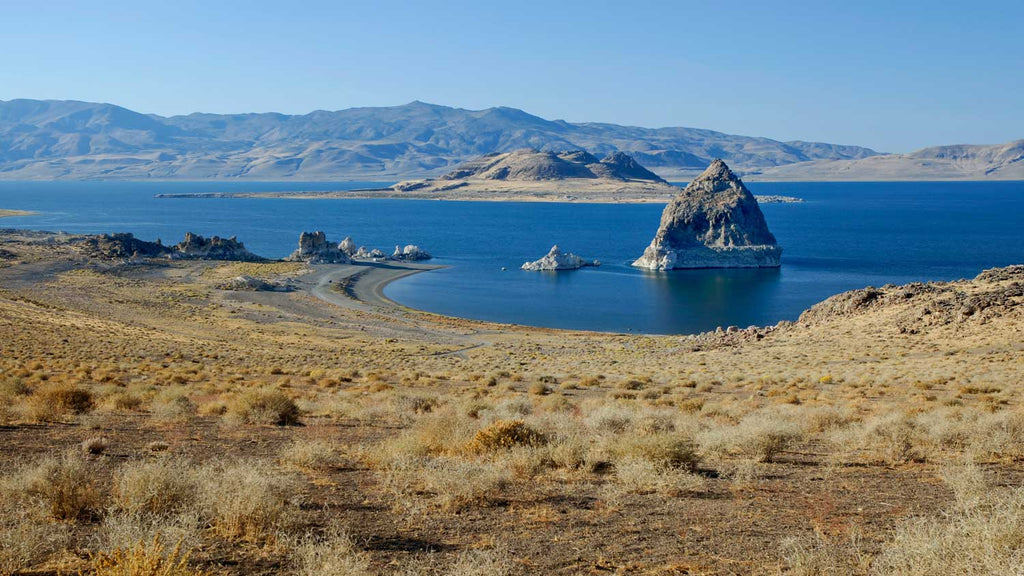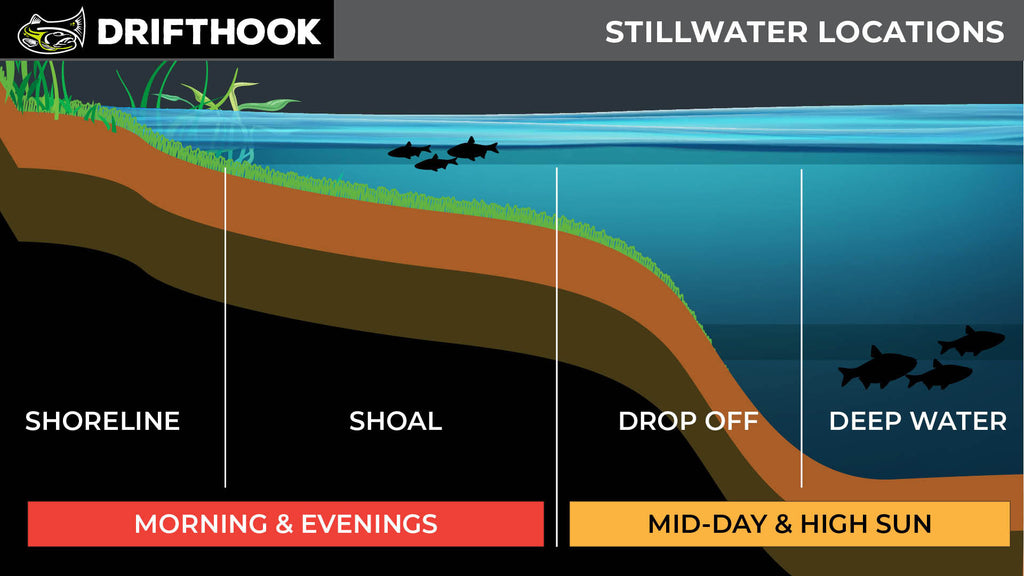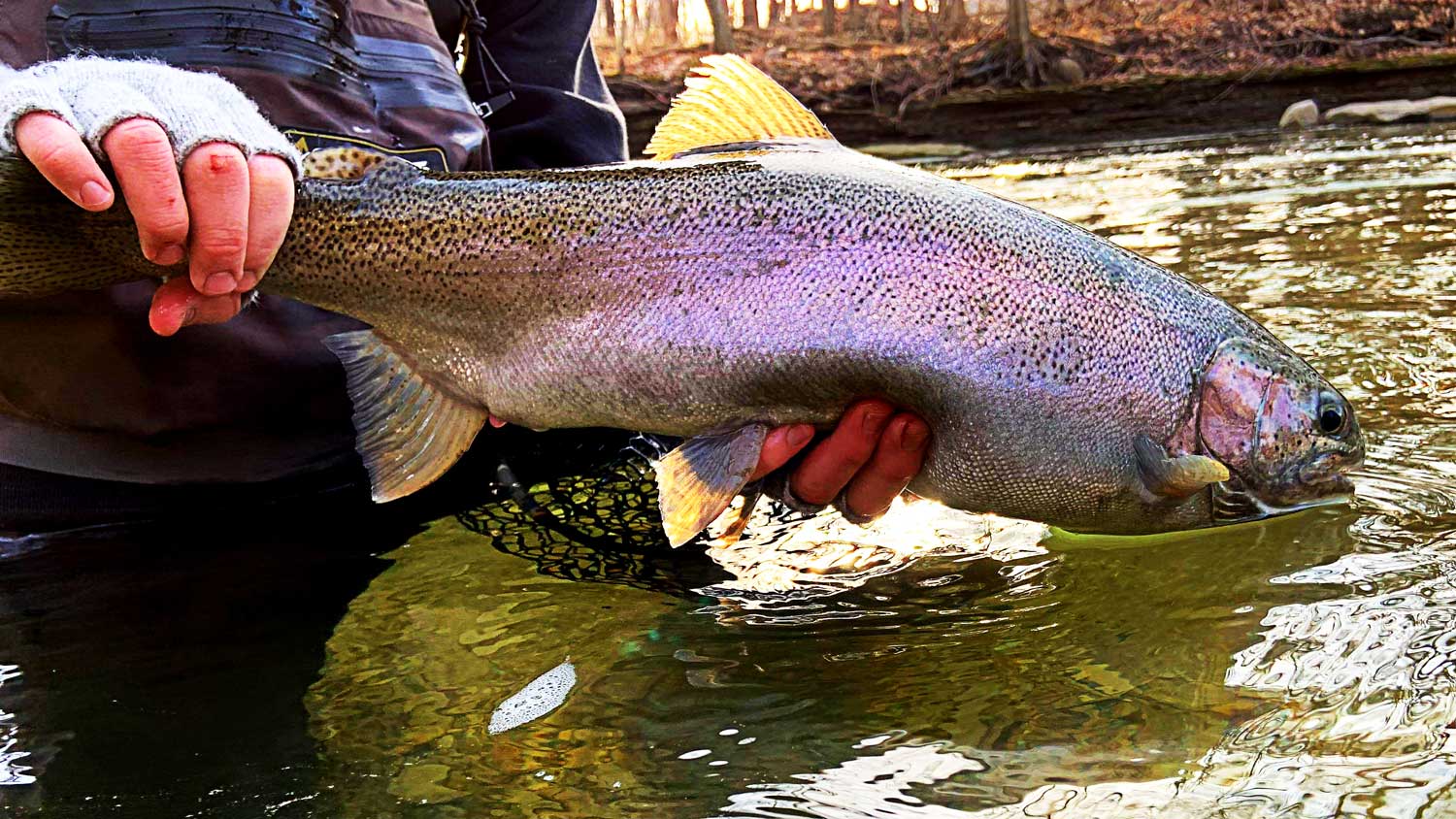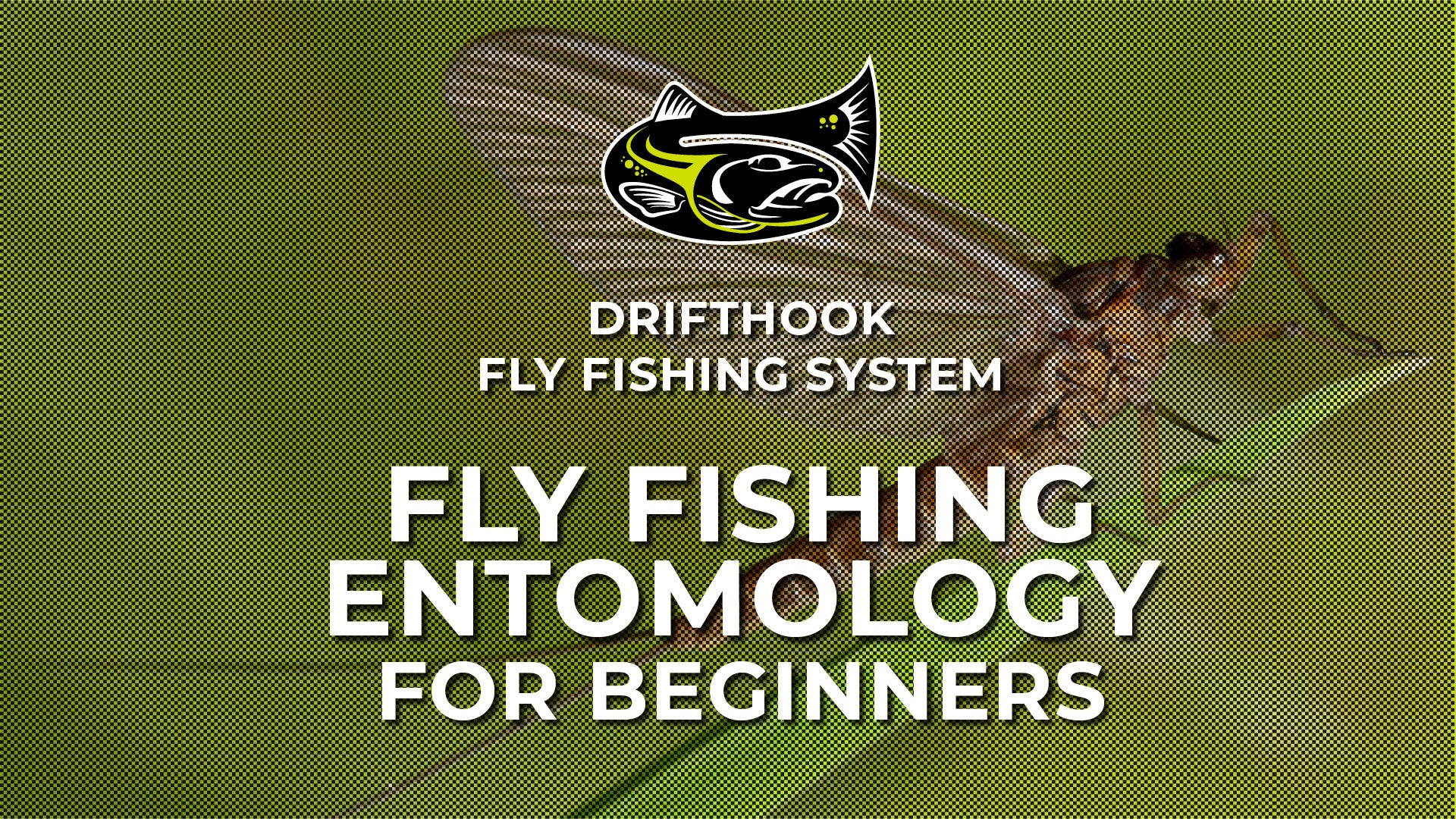
While trout are typically found in rivers and streams – their native environment –, there are plenty stocked in Stillwater areas across the country. Lakes and reservoirs that combine deep and cold water are a preferred spot for the enthusiastic fly fishing angler. If you have been trout fly fishing only in rivers, you need to discover the pleasures and excitement of trout fishing in lakes. It's the perfect day out for anybody who wants a change of horizon and a new fly fishing challenge. However, you might find the new fishing environment confusing, so here are the top 20 tips to help you make the most of your Stillwater fishing adventure.
- Fly fishing in Stillwater is different from rivers and streams
- Not all lakes are the same
- Stillwaters are not still
- Move every 10 minutes
- Observe flies on the banks
- Take a range of colors
- Smaller nymph flies work better
- Find the perfect water temp
- Cover the whole area of water
- Measure how the flies sink
- Fish deeper with the sun
- Don't fish just one fly
- At least 18 inches between each fly
- Change your retrieve speed
- Start shallow and go deep
- Go deep with a sinking line
- No dry fly stays in the same spot
- Catch the traveling trout
- Keep the rod tip down
- Nothing works? Go static
#1. Fly fishing in Stillwater is different from rivers and streams
Okay, first things first: You can't apply the same methods for lake fly fishing than you use in streams. The good news, first: Lakes have a much more diverse food base. This means that you're more likely to find large trout – and we mean humongous large – in Stillwater than you would in streams and rivers. But, you'll need to be ready to practice your cast and strike to catch big fish. It's something that takes most anglers by surprise, so make sure you understand what's coming. 
#2. Not all lakes are the same
Alright, while you're most likely to get big fish in still water, it's essential to understand how to pick the best lake for trout fly fishing. Indeed, you want to focus your attention on eutrophic and mesotrophic lakes, which have both a good population of trout. Eutrophic lakes tend to be rich bodies of water with fertile bottoms and algae, which gives trout plenty of spots to hide and find food. As a rule of thumb, you'll find your biggest catch in those lakes. But, if you're still practicing your cast and strikes, mesotrophic lakes have clear water, which can help to improve your style.

#3. Stillwaters are not still
While the water motion doesn't compare to streams, lakes are not entirely still. When you stand by a lake, you get to see ripples appearing on the surface. It's an indication that small creatures are on the move. The trout typically follows the food. Generally, you'll find trout positioning themselves with their heads into the ripples to locate their food. That's precisely where you want to cast your fly. From depth to motion, every indication is precious when fly fishing in lakes. 
#4. Move every 10 minutes
You can't afford to stay static. Unlike streams, where you're likely to catch trout as they swim by your spot, lakes offer a variety of hiding and feeding spots for trout. Therefore, it's important to explore new spots regularly so that you can maximize your chances of a good catch. Besides, it's also a good idea to try out different depth levels for the same area when fly fishing in Stillwater. 
#5. Observe flies on the banks
Fly fishing is all about getting the right fly for the trout. Trout can be picky in any body of water. However, when it comes to lakes, most trout have developed a solid knowledge of where to find the best flies and which ones are local or seasonal. So, you need to get to know the native insects on the bank. Observe them in their native environment and note down the best fly fishing spots.

#6. Take a range of colors
As mentioned before, you're more likely to get a good catch if you learn from the native flies. Matching their location is one thing. Staying true to their colors and patterns is another. Typically, using flies that look just like the real thing, especially when the real thing is next to your line, is a good idea to lure trout. But, that doesn't mean you can't experiment with a variety of patterns. Feel free to try different patterns as you move deeper and further away from the banks. 
#7. Smaller nymph flies work better
When you go trout fly fishing in lakes, you'll need to scale down your nymph flies. Indeed, Stillwater trout tend to prefer smaller flies. If you're struggling to catch anything while trout fly fishing in lakes, you may want to scale your fly to sizes 16 or even 18. It makes a huge difference in Stillwater fishing. That's why it pays off to come fully equipped with a variety of patterns and sizes for the day.

#8. Find the Perfect Water Temp
The perfect water temperature for feeding troat is 55 to 65 degrees Fahrenheit. Using a water thermometer and attach it to a string or rope. Drop it off the side of the boat or where you are wading. Go in 5-foot increments and check the water temperature at these levels. When you find the sweet spot of 55 to 65 degrees, set your indicator or adjust the length of your leader to start fishing in this zone.#9. Cover the whole area of water
Picture a grid pattern on the water. When you can fly fishing in lakes, you want to make sure you can cast in a way that covers the whole area of water. This is called fan casting. Indeed, in a stream, the moving water ensures your fly is continuously exposed to new fish. In Stillwater, you need to move your casts accordingly from the top left to the bottom right of the imaginary grid in front of you. Ultimately, it will avoid casting in a narrow strip of water just in front of you and missing the fish. 
#10. Measure how the flies sink
How deep should the fly go? It's a question that every angler asks. In eutrophic lakes, the water can be too murky for you to measure visually where you fly is sinking. Therefore, if you're trout fly fishing in deep Stillwater, it can be helpful to know how to keep track of the depth of your fly. You can use a simple countdown method, starting by counting 5 seconds and gradually moving to 20 or 30 seconds sinking. For a start, it ensures you can get to the deep fish. But it's also ideal for locating the most populated water spots under the surface. The tables below are from the blog "Fly Tying New and Old" and give good outlines of sink rates base on what fly you are using.
FACETED AND ROUND TUNGSTEN BEADS
|
BRASS ROUND BEAD HEAD BEADS
|
TUNGSTEN CONE HEADS
|
#11. Fish deeper with the sun
Trout don't have eyelids. Of course, it's something every angler knows. But it affects how you plan your fly fishing techniques throughout the day. If the day is bright and sunny, you'll find that trout are likely to swim deeper into the water. Therefore, not only is it helpful to pinpoint the populated fish spots with the countdown method, but you'll need to use it as a reference grid to move deeper when the sun is high and bright. 
#12. Don't fish just one fly
You need to bring plenty of flies with you. Not only because trout fly fishing in Stillwater requires identifying the best fly for each spot, but also because you can use multiple nymph rigs at the same time. Here's a little guide on how to attach multiple flies on multiple leaders. For deepwater areas, you can attach up to 3 or 4 weighted flies. As a minimum, a two-fly setup is sufficient for catching large trout. 
#13. At least 18 inches between each fly
If you're going to use multiple flies in a lake, you need to keep track of the depth at which you're casting. The countdown method is the best approach. However, you can make things easier for you by keeping a set distance between your flies. Separate your second and third flies by at least 12 inches. If you're using bright flies, aim for a minimum of 18 to 24 inches between your flies.

#14. Change your retrieve speed
The speed of your retrieve can determine a successful day on the water or day you go home empty-handed. In a lake, where the fish can hang for longer in the same area, you need to make sure you don't fall in a retrieve routine where every cast gets retrieved at the same pace. Ultimately, even trout can get suspicious if the fly keeps getting pulled in the same manner. Try different lengths, to different paces to keep those trout on their toes. One of the biggest mistakes is retrieving to fast. A simple rolling overhand retrieve will keep your hand occupied but keep the pace at a crawl to mimic the movement of those micro patterns.

#15. Start shallow and go deep
You should move with the sun in everything you do when you're fly fishing in Stillwater. When the sun is bright, you should move deeper. But that always means that you need to plan your day to start in the shallow areas and around the banks, before moving to the deeper spots as the day progresses. Here too, the countdown casting method can be a game-changer, helping you to map out the deep areas so that you can come back to them later during the day. 
#16. Go deep with a sinking line
Going deep for trout fly fishing doesn't just mean using weighted flies. You will need to switch your line to Di3 up to Di7 to make sure your fly can get to the right depth quickly. If you're not confident with how to pick a line in the first place, this brief overview should help you.#17. No dry fly stays in the same spot
Stillwater fishing can use a combination of dry and nymph fly fishing throughout the day. Typically, as you start in shallow spots, you will progress from dry to nymph flies. Your dry flies need to be constantly on the move to look realistic. Recast every 10 seconds or so. Look for rising pods of active fish and cast to those locations. Count to 10 and if you don't have a hit, pick up your cast and try in an area 3 to 4 feet from that last cast.
#18. Catch the traveling trout
You've got two types of trouts: The one that catches the fly and the one that follows without taking it. We call these types of fish cruisers. Ones that are moving along the lake looking for food. It's detrimental for trout fly fishing in Stillwater to adjust to the cruising trout. To do so, wait a few seconds after a cast. If you don't have a hit, give it a few retrieves and then let the flies drop to the bottom again. Then continue your retrieve to see if you can tempt that cruising trout.
#19. Keep the rod tip down
When fishing rivers, you typically have your rod parallel with the water if not a little bit higher to help mend the line in the moving current. But in still water, you want to keep your rod tip down pointed at the location of your cast as this will give a more direct connection between your line and the hand. You will be able to feel light pulls from gentle catches using this method. You can also check here how to tell you've got a catch.

#20. Nothing works? Go static
Every lake is different. If recasting the flies in different spots doesn't work, try sitting and resting on the side with a static line. It may be enough to attract fish in shallow areas.
Hopefully, with these 20 tips, you're ready to tackle the trout fly fishing challenges in Stillwater. Remember, lake fish and river fish behave differently but it doesn't mean that you can't go out and catch them both!
About the Author
Matthew Bernhardt, a third-generation Coloradan, grew up at the forefront of the state’s fly-fishing revolution, enjoying time on the water, side by side with experienced guides and lifelong anglers.
By combining his passion for fly-fishing with input from other experienced fly-fishers and guides and his fine arts degree from Colorado State University, Matthew spent five years carefully developing the Drifthook Fly Fishing System, built to help every angler catch more trout.
When he’s not spending time with his wonderful family, you’ll find him out on the water catching MONSTER trout, and he anxiously looks forward to the day when his kids are old enough to join him there.




5 comments
hafizurz
Thanks for sharing so useful fly fishing tips, Looking forward to my next kayak fishing experience.
Thanks for sharing so useful fly fishing tips, Looking forward to my next kayak fishing experience.
Brandon F
I am new to fly fishing but have been doing a bunch of reading as of late. I really liked the points about casting every spot and moving from left to right so you don’t miss the fish. The illustrations about the different types of rigs were helpful as I have typically been using one fly/nymph. I will try two next time and put the split shot at the end for a dropshot nymph rig. Thank you for the tips
I am new to fly fishing but have been doing a bunch of reading as of late. I really liked the points about casting every spot and moving from left to right so you don’t miss the fish. The illustrations about the different types of rigs were helpful as I have typically been using one fly/nymph. I will try two next time and put the split shot at the end for a dropshot nymph rig. Thank you for the tips
Greg Wheatley
Really nice to have a short direct chapter…
Here in south Africa we fish much the same… But our insect hatches are not as prolific as elsewhere…
Yet there are waters with huge trout “busses” are what we call them here
Really nice to have a short direct chapter…
Here in south Africa we fish much the same… But our insect hatches are not as prolific as elsewhere…
Yet there are waters with huge trout “busses” are what we call them here
Pat
Being new to fly fishing i found this very informative
Being new to fly fishing i found this very informative
JIm H
Very informative!
But there seems to be a mistake here somewhere: “ It’s detrimental for trout fly fishing in Stillwater to adjust to the cruising trout.”
Very informative!
But there seems to be a mistake here somewhere: “ It’s detrimental for trout fly fishing in Stillwater to adjust to the cruising trout.”